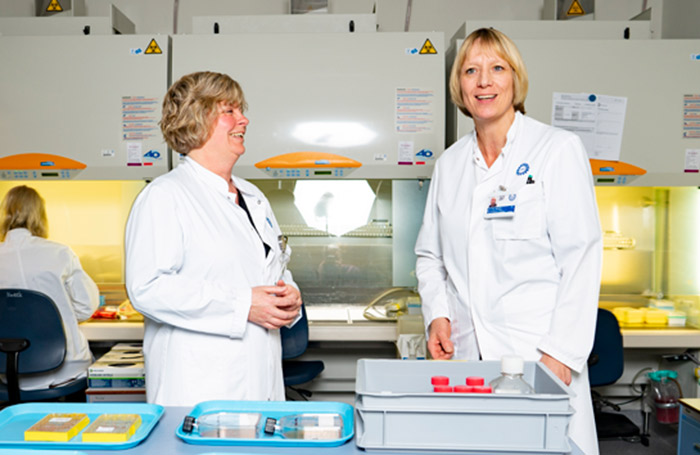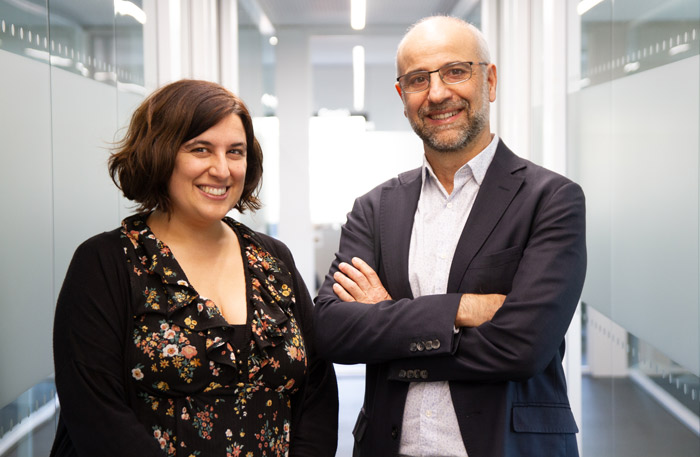How One Cure Strategy May Lead to Another
With a better understanding of how stem cell transplants help reduce the HIV reservoir, researchers are closer to defining new targets for scalable cure interventions.
By Jeffrey Laurence, M.D.
Research question
Currently, the only well-validated cure for HIV infection with eradication of the HIV reservoir is a stem cell transplant using cells from donors harboring the CCR5-delta32 mutation, making them resistant to infection with most strains of HIV. There have been six such triumphs, three of which—the so-called London, Düsseldorf, and Geneva patients—were made possible through amfAR’s establishment and funding of the European IciStem project.
This “international collaboration to guide and investigate the potential for HIV cure by stem cell transplantation” is currently studying 30 people living with HIV (PLWH) who required stem cell transplants to treat their concurrent cancer. They were recruited from September 2009 through April 2019 and had available blood and tissue samples. IciStem scientists sought to examine changes in HIV reservoirs and HIV antibody production over more than eight years of follow-up post-transplant, with the goal of defining mechanisms contributing to decreases in HIV reservoir size even in those PLWH who received a normal donor transplant and were not cured.


Findings
HIV reservoirs in the blood were markedly reduced immediately after achieving full replacement (“100% chimerism”) of patient cells with donor cells post-transplant. This occurred regardless of whether the donor had the CCR5 mutation associated with a complete cure. This decrease was usually followed by decreases in reservoir HIV in bone marrow, lymph node, spinal fluid, and intestines. Levels of anti-HIV antibodies declined much more slowly. So-called “allogeneic immunity”—donor immune cell attack on HIV-infected patient cells—appeared to be the main mechanism for reduction in HIV reservoirs after an initial massive decrease in reservoir size related to the large doses of chemotherapy required just prior to the actual transplant.
Impact
The authors recognize that a stem cell transplant is “not a scalable strategy for HIV cure due to its complexity and high associated mortality.” However, their results provide guidance for PLWH requiring a transplant in an attempt to cure a concurrent cancer, making the risk-benefit ratio acceptable, as well as insight into defining targets for more pragmatic cure interventions.
amfAR’s role
IciStem was established with funding from amfAR and is currently supported by Aidsfonds.
Original article
http://www.ncbi.nlm.nih.gov/pubmed/38816141
Dr. Laurence is amfAR’s senior scientific consultant.
Share This:
